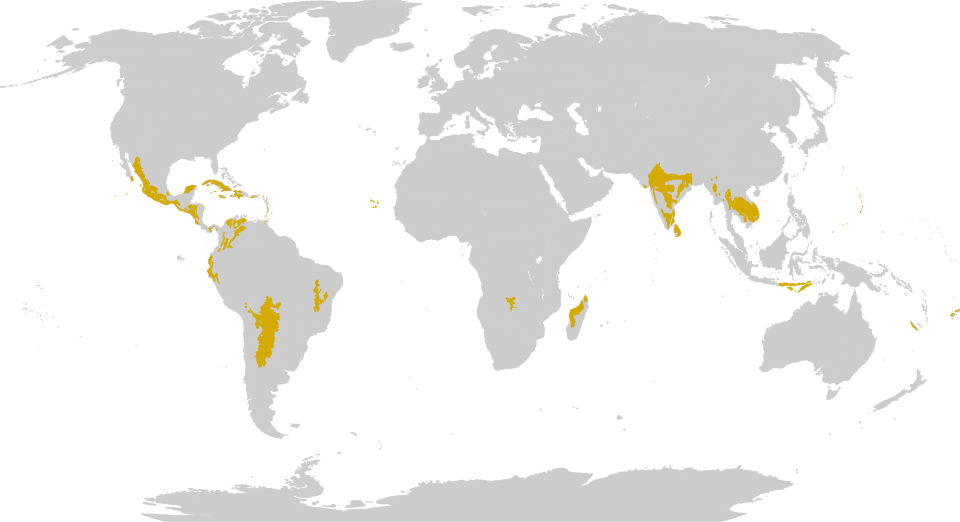Flooded Grasslands and Savannahs (FGS)
- Shanti Bants
- Aug 26
- 2 min read
Flooded Grasslands and Savannahs (FGS) are expansive and intricate ecosystems characterised by vast areas of grasslands that are periodically inundated with water. These unique habitats are not merely simple landscapes; they are dynamic environments that support a rich diversity of flora and fauna, all of which have evolved specialised adaptations to thrive within the distinctive hydrologic regimes and soil conditions present in these regions. The interplay of water availability, soil type, and seasonal changes creates a mosaic of habitats that are crucial for a variety of species. Among the most notable inhabitants of these areas are large congregations of both migratory and resident waterbirds, which rely on these wetlands for feeding, breeding, and shelter. The significance of these habitats can fluctuate considerably for avian species and other migratory animals, as the seasonal and annual variations in water availability and productivity can lead to shifts in habitat quality and accessibility across different complexes of smaller and larger wetlands throughout the region.

This vital habitat type is distributed across multiple continents, including Asia, Africa, North America, and South America, showcasing its global ecological importance. Some of the most remarkable examples of flooded savannahs and grasslands can be found in renowned locations such as the Everglades in the United States, the Pantanal in Brazil, the flooded savanna surrounding Lake Chad in Africa, the Zambezian flooded grasslands, and the Sudd in South Sudan. Each of these areas is not only significant in size but also in the biodiversity they support. For instance, the Everglades, which spans approximately 7,800 square miles (20,000 square kilometres), holds the title of the world's largest rain-fed flooded grassland situated on a limestone substrate. This remarkable ecosystem is home to an astonishing array of life, boasting around 11,000 species of seed-bearing plants, including 25 varieties of orchids, alongside a vibrant community of wildlife that includes 300 bird species and 150 fish species. Similarly, the Pantanal, recognised as the largest flooded grassland on Earth, covers an impressive area of 187,818 square kilometres (72,517 square miles) and is a biodiversity hotspot. It supports over 260 species of fish, a staggering 700 bird species, 90 mammal species, 160 reptiles, 45 amphibians, and an incredible diversity of invertebrates, including 1,000 butterfly species and 1,600 plant species. These flooded savannahs and grasslands are typically the largest and most complex ecosystems within their respective regions, playing a crucial role in maintaining ecological balance and supporting a wide array of life.





Comments